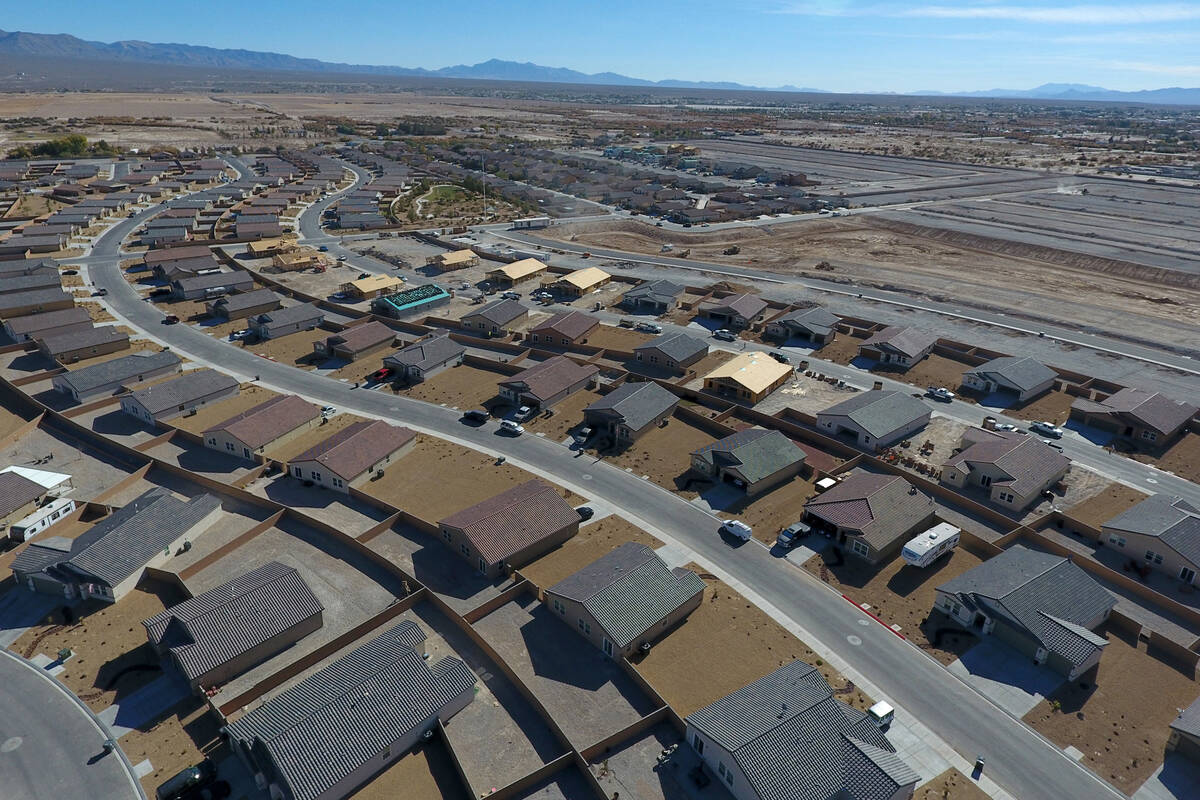Nevadans now need to make at least this much to afford a mortgage
Nevadans now need to make at least $111,557 to afford a monthly mortgage payment, according to a new study from Bankrate.
This is a 56 percent income increase from four years ago as related to what it takes to afford a median priced single-family home in the state, which is now $434,400. This puts the average monthly mortgage payment at $2,603 for a household with two incomes.
Bankrate estimated that in 2020 the average Nevada household only had to make $71,221 to spend less than 30 percent of its monthly income on housing, which analysts mark as the benchmark for affordability.
Charles Dougherty, a senior economist at Wells Fargo, says that skyrocketing housing costs could become a big ticket item this fall for the 2024 presidential election given the growing unaffordability of real estate across the country.
“I think it’s already an issue, if you look at some of the proposals that this administration has put forth in regard to housing affordability and potential solutions, or at least to relieve some of the affordability strains that have cropped up over the past few years, I think that shows this is top of mind for politicians and the population in general.”
In March, Gov. Joe Lombardo sent President Joe Biden a letter urging him to release more of Nevada’s federally owned land to make way for more housing developments. Biden in turn keyed in on affordable housing when he last spoke in Las Vegas, highlighting his administration’s plan to invest nearly $260 billion into the issue.
Redfin estimates the median down payment for a U.S. homebuyer now sits at $55,640 as of the end of February, a 24.1 percent increase from a year earlier ($44,850). That’s the biggest annual percentage increase since April 2022.
The median home price in Pahrump was $355,766 in March 2024, down 5.1% from last year but still not affordable for those making the median income here of just less than $30,000 annually.
Dougherty said housing supply on the residential side, which has been hampered by high interest rates, has become a point of contention as the real estate market has dried up and new construction has not returned to pre-pandemic levels.
“How do you expand the housing supply to help relieve some of the pressure off home prices and bolster or improve affordability for residents? It’s certainly hit a boiling point, because you have seen really rapid home price appreciation and it’s risen faster than income growth.”
Contact Patrick Blennerhassett at pblennerhassett@reviewjournal.com.













